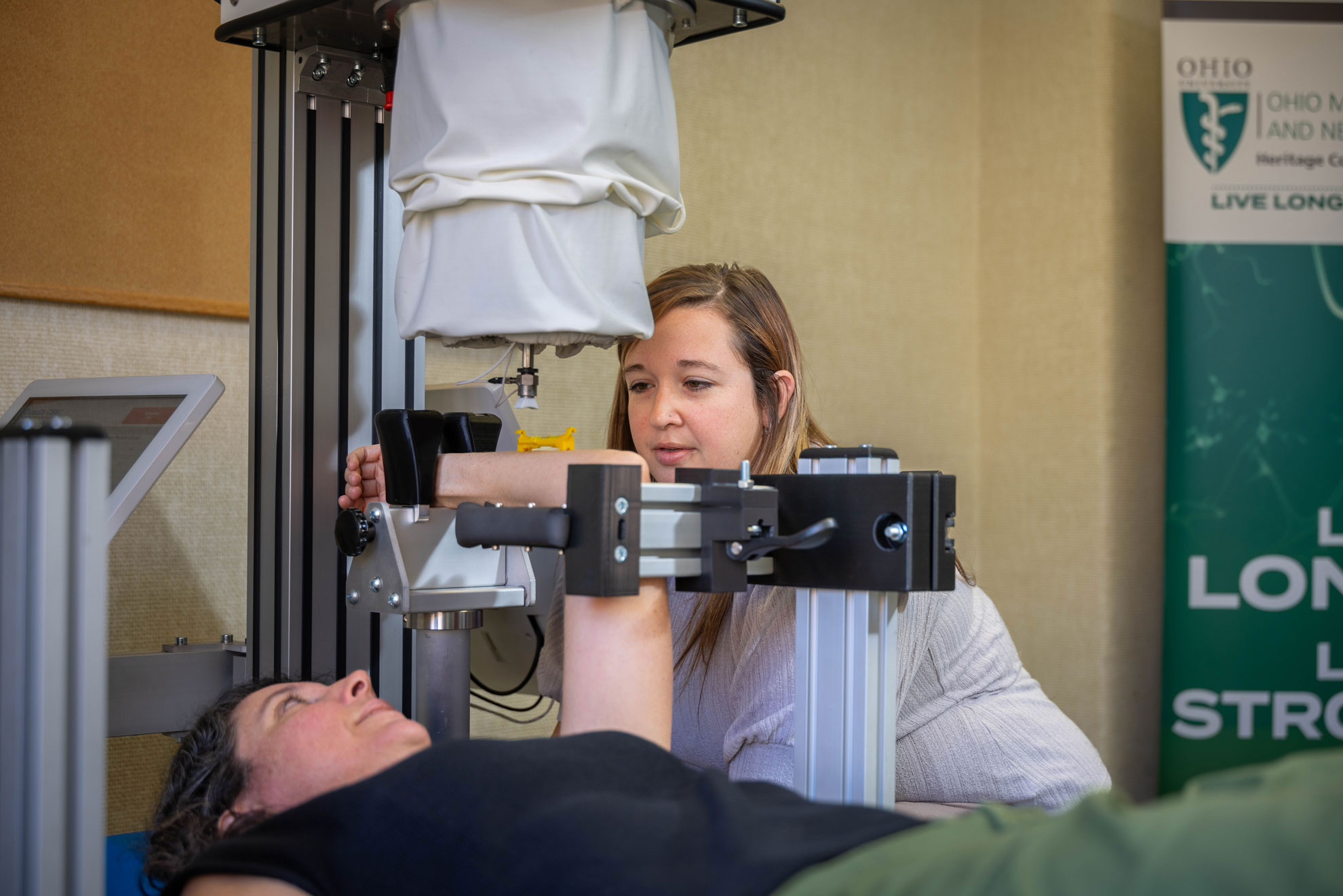OsteoDx: TechGrowth Ohio’s Biotech Star Revolutionizing Bone Health Screening
Ohio’s innovation ecosystem is fostering the next generation of musculoskeletal health technologies, and OsteoDx—a biotech company spun out of Ohio University—is at the forefront. Its Cortical Bone Mechanics Technology (CBMT™) is designed to provide direct, non-invasive biomechanical measurements of bone properties, a novel approach that could complement existing assessment tools.
The Challenge: A Global Health Burden
Fragility fractures remain a major public health issue, affecting tens of millions worldwide each year. Despite the scale of the problem, current diagnostic approaches have limitations, with many individuals who go on to fracture not meeting traditional thresholds for osteoporosis. CBMT aims to provide additional insights into whole-bone mechanical competence, potentially enhancing the way clinicians assess skeletal health in the future.
Ohio Roots, National Ambitions
OsteoDx’s journey began with support from Ohio University, TechGrowth Ohio, and the Ohio Third Frontier (OTF) program. The company has since secured more than $6 million in funding, including multiple grants from the National Institutes of Health and investments from regional innovation partners. “OsteoDx represents the kind of forward-looking innovation that can expand the tools available to clinicians and researchers,” said Lynn Gellerman, President of the TechGrowth Ohio Fund. “We’re proud to support their continued development.”
The Stronger Study Findings Presented at ASBMR 2025
Pivotal clinical results from the Stronger Study were presented at the 2025 ASBMR Annual Meeting in Seattle, Wash ington, where OsteoDx also hosted a booth. This multi-site, cross-sectional clinical study included 372 participants across four leading research institutions, including Ohio University, and demonstrated that the company’s CBMT™ technology provided substantially greater fracture discrimination than DXA, the current clinical standard.
ington, where OsteoDx also hosted a booth. This multi-site, cross-sectional clinical study included 372 participants across four leading research institutions, including Ohio University, and demonstrated that the company’s CBMT™ technology provided substantially greater fracture discrimination than DXA, the current clinical standard.
These results contribute to an evolving conversation in the field about the need to look beyond bone mineral density alone in assessing skeletal health. In a recent JAMA commentary, Brian Clark, Ph.D., Professor at Ohio University, Executive Director of the Ohio Musculoskeletal and Neurological Institute (OMNI), and Co-Founder and Chief Scientific Officer of OsteoDx, argued that bone strength is determined by multiple structural and material factors that are not fully captured by DXA-derived BMD. The US Preventive Services Task Force (USPSTF) echoed this broader perspective in its response, emphasizing the need for “new primary care–feasible risk assessment tools that will improve prediction and prevention of osteoporotic fractures and related morbidity and mortality”.
“These findings support the idea that biomechanical assessments like those provided by CBMT could complement existing diagnostic approaches by offering additional, clinically meaningful information about bone mechanical competence,” said Clark. “Continued research will be critical to understanding how these measures might ultimately be integrated into clinical decision-making alongside current standards of care.”



